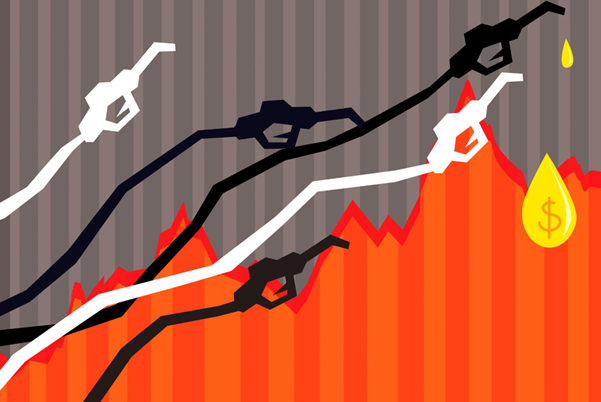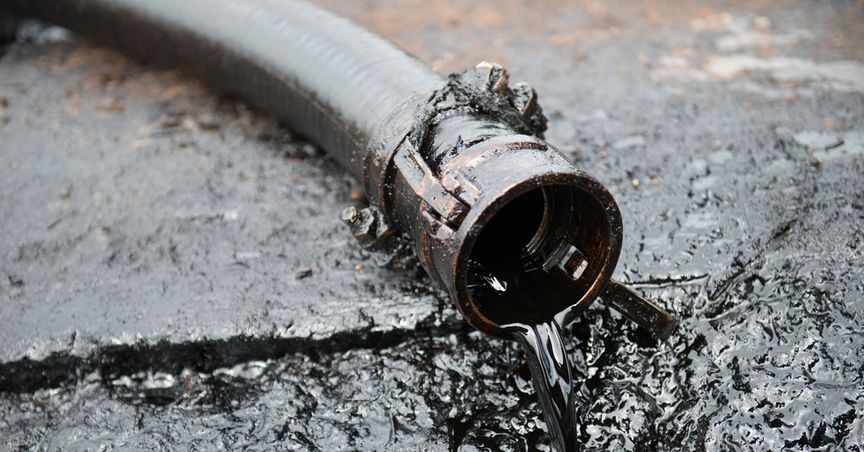Summary
- Oil prices rose above US $60 a barrel due to a US storm casting a deep freeze across the country, thus prolonging the country’s domestic energy crisis.
- The extreme weather event has halted around 33 per cent of US crude production.
Crude prices soared to a 13-month high, US $60 a barrel, on the back of power outages caused by freezing temperatures across the country due to a US storm, and an added demand to meet the shortfall, thus deepening the country’s domestic energy crisis.
The extremely low temperatures caused power cuts in several US states, which led to about 3.5 million barrels a day or more of output to be halted, according to traders and industry executives. However, energy research consultancy Energy Aspects estimates the halted production was offset by the idled refining capacity of over 3 million barrels a day.

Copyright © 2021 Kalkine Media Pty Ltd.
Want to know more? Do read: Equity markets continue their uptrend; Crude oil rises to 13 months high
Furthermore, prices have rallied in recent weeks on the hopes of demand recovery and tightening supplies primarily due to production cuts announced from the oil producing group, Organization of the Petroleum Exporting Countries (OPEC).
Crude oil prices rose despite the safe-haven currency US dollar strengthening, indicating the sudden supply shortage. Under normal circumstances, a strong US dollar would soften oil prices. Gasoline futures also saw a jump of about 5 per cent on Tuesday as more than 20 refineries were disrupted by storm.
Want to know more? Do read: Crude Oil Rally Continues on Declining US Stockpile
The low temperatures in one of the most affected US states, Texas, caused oil and gas liquids in pipelines and well heads to freeze. Texas’s decentralized power grid have been severely tested during this crisis, with over 5 million of the population undergoing blackouts.
According to government data, the country’s daily output was about 11 million barrels a day prior to the crisis. Production in the US’s largest oil field, Permian Basin alone, fell by 65 per cent during this period. However, experts believe this is a temporary event and demand supply challenges will settle once the cold temperatures dissipate.
Want to know more? Do read: Texans Struggle Amid Deadly Winters and Power Outages
Extreme weather events across the world
The US cold snap follows extreme weather events that have affected power supply and caused serious volatility in global energy markets in recent months, across different regions such as France, Pakistan, and Japan.
Additionally, Russia is also experiencing freezing temperatures at present, which led to reduced production. The expected increase in the country’s February oil output is yet to come into effect due to abnormally cold temperatures affecting pipeline flows.
Oil prices
WTI Crude Oil price rose to US $60.26 per barrel for March futures, up by 0.36 per cent as of 17 February, 9:50 AM GMT. Meanwhile, Brent crude oil price was trading at US $63.75 per barrel, up by 0.63 per cent for April futures for the same period.





